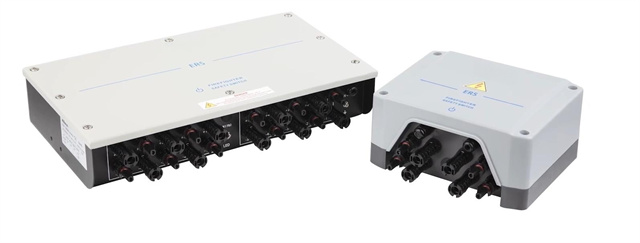Author:BLD Solar Energy SystemFROM:Solar System Converter Manufacturer TIME:2023-08-30
Introduction:
The solar industry has experienced significant growth in recent years, driven by the increasing demand for renewable energy sources. As a result, there have been continuous advancements in solar technologies and their associated technical features. One such feature is the Solaredge Rapid Shutdown Test, which plays a vital role in ensuring the safety of solar installations. This article will explore the technical aspects of the Solaredge Rapid Shutdown Test, highlighting its significance and benefits.

The Solaredge Rapid Shutdown Test is a crucial safety measure implemented in photovoltaic (PV) systems to protect firefighters and other first responders during emergency situations. When a fire or other hazardous condition occurs, it becomes essential to shut down the solar system quickly to prevent electrical hazards. The rapid shutdown feature ensures that no power is being generated by the PV modules, reducing the risk of electrocution and damage caused by live wires.
One of the main components of the rapid shutdown feature is the power optimizer, which sits under each solar panel in the array. These optimizers allow individual panel-level control and monitoring of the system. In the event of an emergency, a signal is sent through the power optimizers, instructing them to shut off the DC voltage at the module level. This process is carried out within seconds, effectively minimizing the risks associated with live wires.

The Solaredge Rapid Shutdown Test offers several advantages that contribute to the overall safety and efficiency of solar installations:
a) Enhanced Safety: The primary objective of the rapid shutdown test is to ensure the safety of first responders. By eliminating the DC voltage at the module level, the risk of electrical shocks during emergency situations is significantly reduced, allowing firefighters to carry out their duties without the fear of electrocution.
b) Compliance with Codes and Standards: The rapid shutdown feature is designed to meet the requirements set by the National Electric Code (NEC) and other local building codes. It is essential for solar installations to comply with these standards to obtain necessary permits and approvals.
c) Easy Maintenance and Troubleshooting: The individual panel-level control offered by the rapid shutdown test makes maintenance and troubleshooting more accessible. If a specific panel or optimizer malfunctions, it can be easily identified and replaced without affecting the entire system's performance.

The Solaredge Rapid Shutdown Test is not limited to Solaredge inverters; it can be seamlessly integrated with various other PV system components. This compatibility allows installers and developers to choose from a wide range of products, promoting flexibility in system design and ensuring that safety measures are universally applied across different solar installations.
Furthermore, the rapid shutdown feature does not interfere with the system's energy production capabilities. It enables the panels to resume regular operation once the emergency situation has been resolved, ensuring uninterrupted power generation.
In conclusion, the Solaredge Rapid Shutdown Test is a critical technical feature in the solar industry. Its ability to provide enhanced safety, compliance with codes, easy maintenance, and compatibility with other components make it indispensable for modern solar installations. By incorporating the rapid shutdown feature, the solar industry can continue to grow sustainably, ensuring the safety of both users and first responders.
